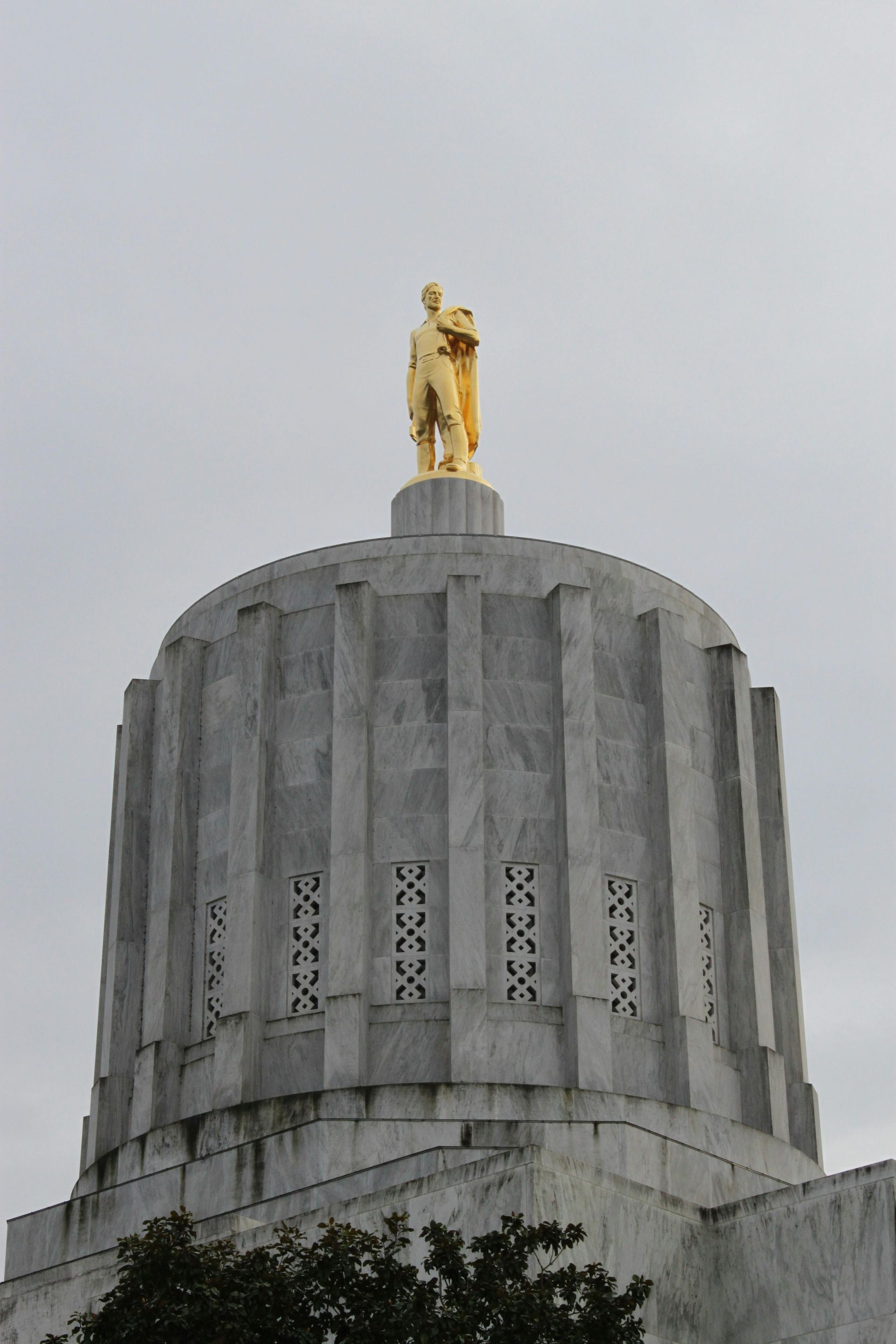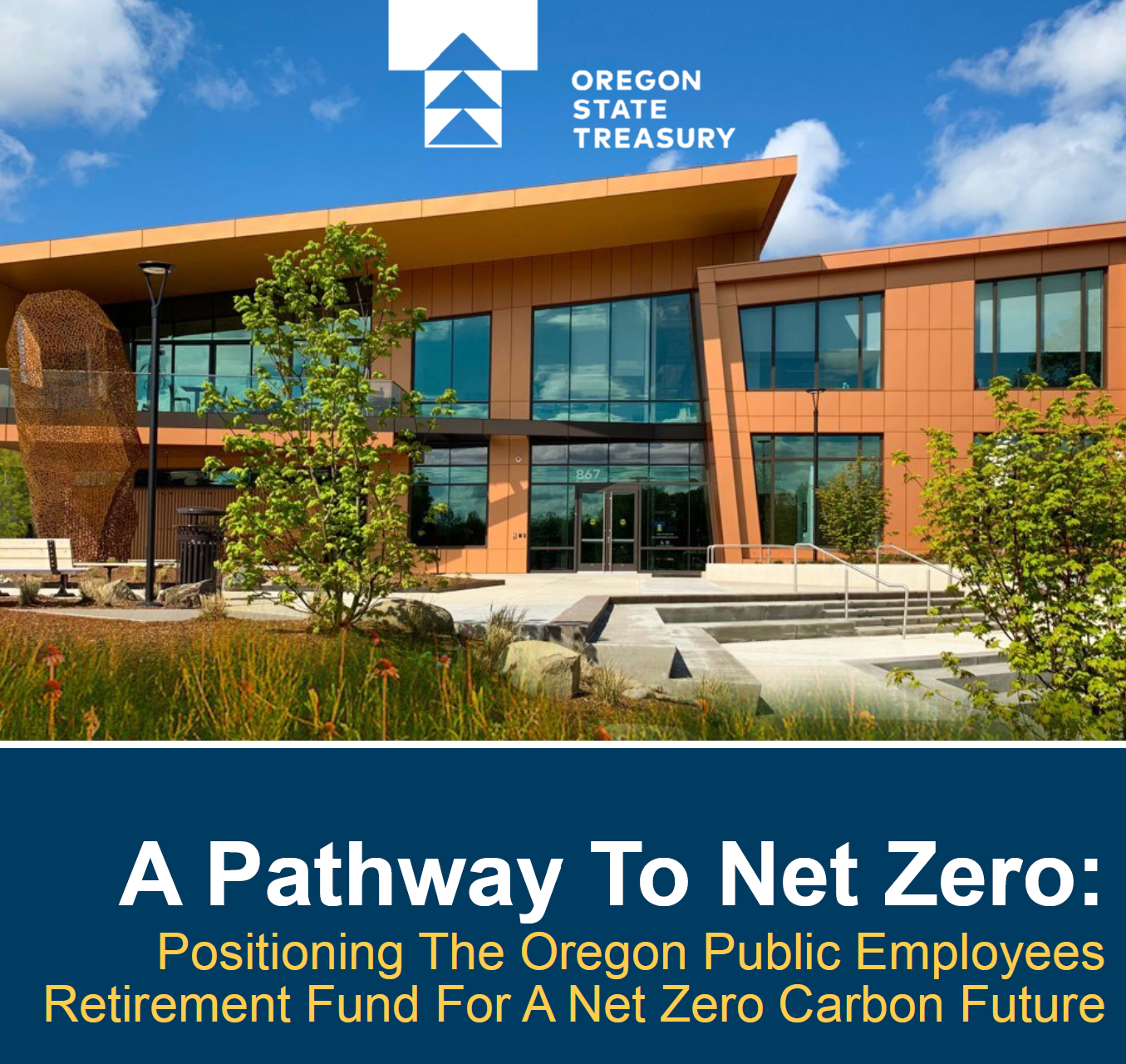STAND.earth BLOG: It’s not “if” Oregon divests from fossil fuels – it’s how and when
It’s not “if” Oregon divests from fossil fuels – it’s how and when
DECEMBER 20, 2022
By Amy Gray, Stand.earth and Jenifer Schramm, Divest Oregon
A December 20, 2022 Stand.earth blog states, "It’s not IF Oregon divests from fossil fuels – it’s HOW and WHEN."
In 2022, Oregonians experienced record-shattering fires and deadly heat, climate impacts directly caused by extracting, transporting, and burning fossil fuels. That’s why Divest Oregon is demanding state Treasurer Tobias Read divest the $137 billion the Treasury manages from these toxic investments, and reinvest in climate-safe solutions to protect state employees’ pensions and the planet alike.
In November, pressure paid off! Treasurer Read said he would come up with a decarbonization plan…in 2024. His published framework for action gets the campaign past emphasizing the need for a plan. Now the focus is on the need for a comprehensive plan – in 2023!
This past year, Divest Oregon co-crafted, introduced, and lobbied 60+ legislators on the 2022 Treasury Transparency Bill (TTB); embarked on email and social media education campaigns, including a Right to Know campaign by public employees; issued hundreds of written and spoken public testimonies to the Oregon Investment Council at all of their meetings; obtained previously opaque information through 23 public records requests.
Together, we revealed:
- The Treasury commissioned a 2021 Climate Risk Assessment, yet refused to release the report – finally releasing a highly redacted version after pressure from Divest Oregon;
- Underperformance of PERS investment in the past decade between $4-10 billion as reported in the Risky Business: Oregon Treasury’s Fossil Fuel Problem report. This report received national media coverage and built the financial case for a climate-safe pension in Oregon.
- Treasurer Read’s opposition to the widely-supported 2022 TTB;
- Issues with the depth and breadth of opaque and illiquid Oregon Treasury private investments in the Oregon Treasury’s Private Investment Transparency Problem report
The campaign is working. In September, Read wrote a New York Times op-ed to speak against the politically-motivated efforts to punish asset managers backing-off fossil fuel investments.
In November, Treasurer Read announced his plan to create a decarbonization plan for Oregon. While it lacks the urgency and scale required by the climate crisis, Treasurer Read’s decarbonization plan is a win for Divest Oregon. It acknowledges that climate change is impacting the Oregon State Treasury (OST) portfolio; the need to address greenhouse gas pollution from OST investments, also called financed emissions; the need to phase out high polluting fossil fuel investments or “decarbonize” the portfolio through offsets; Divest Oregon’s demands for “transparency and reporting mechanisms” are reasonable.
Treasurer Read’s plan does not stop new investments in fossil fuels nor does it provide a roadmap
for rapidly phasing out risky holdings of coal, oil, and gas companies
Heading into 2023, Divest Oregon is ramping up the coalition’s power with 66,000 PERS members representing all teachers in Oregon – whose retirement is being invested by the Oregon Treasury – and numerous statewide climate and racial justice organizations including the Oregon Just Transition Alliance.
The next goal is clear: passing the Treasury Investment and Climate Protection Act and mandating urgent action.
The Divest Oregon Coalition is demanding:
- Passage of the Treasury Investment and Climate Protection Act (LC 2241);
- No new investments and the phase-out of fossil fuels, consistent with statute and fiduciary duty;
- Revisiting the issue of transparency, and address private investment statutory protections as a block to transparency;
- Using established divestment exit lists to avoid wasted time and effort;
- Immediate action upon passage and phased action from six months to 2035.
It’s not if fossil fuels are removed from the portfolio, but how quickly and how it will happen.
More than 1550 institutions representing over $40 trillion in assets have committed to some level of fossil fuel divestment, and recent reports reveal the financial case for divestment is stronger than ever.
The question is, amid the fires and heat:
will Treasurer Tobias Read stand on the right side of history
and urgently protect PERS investments as the world shifts to a green future?











